Tudor Gloucester Cathedral
Header image © Adrian Taylor
Gloucester was a significant city during the medieval and Tudor periods. It had five monastic institutions, including the great St Peter’s Abbey, now Gloucester Cathedral. The cathedral witnessed the coronation of the young Henry III in 1216 and a visit from Henry VIII and Anne Boleyn in 1535. The current cathedral, as we know it today, was predominantly built between the eleventh and fifteenth centuries. The old abbey, now Gloucester Cathedral, is known for its glorious Gothic architecture, tombs and the finest cloisters in the country.
The cathedral is also famous for its stunning medieval stained glass windows. Notable examples include the Great East Window, which is the largest medieval stained glass window in Britain, and the Lady Chapel’s windows, renowned for their delicate and intricate design.
This is a guest blog, written by Charlie Peak, Volunteer Officer at Gloucester Cathedral. Charlie shares some of the history behind the building, which served as a Benedictine abbey until the Dissolution of the Monasteries in the sixteenth century.
Tudor Gloucester Cathedral: The Parliament Suite
There are three adjoining rooms in a part of Gloucester Cathedral precincts now called Church House. Originally part of the Norman Abbots’ lodgings from about 1120, they were then known as the Abbots Hall and Great Guest Hall.
In 1378 King Richard II held a Parliament on the site of the Great Guest Hall. The event was well documented in the ‘Historia’ (which documents the records of St Peter’s Abbey, Gloucester from 681-1400). Just two years into his reign, when Richard was a boy of eleven, a poll tax was introduced which affected both rich and poor. The subsequent danger of unrest and potential riot led his advisors to urge the king and his large court to move out of the capital and hold his Parliament in Gloucester.
This involved taking over the entire abbey and town for 28 days at an enormous cost and inconvenience to both the monks and the townspeople. The king and his court were lodged at the abbey which, the record states, ‘was so crowded that it was more like a fair than a house of religion, and the green of the cloister was so trampled and ruined by wrestling and ball games that it was hopeless to expect any grass to be left there’.
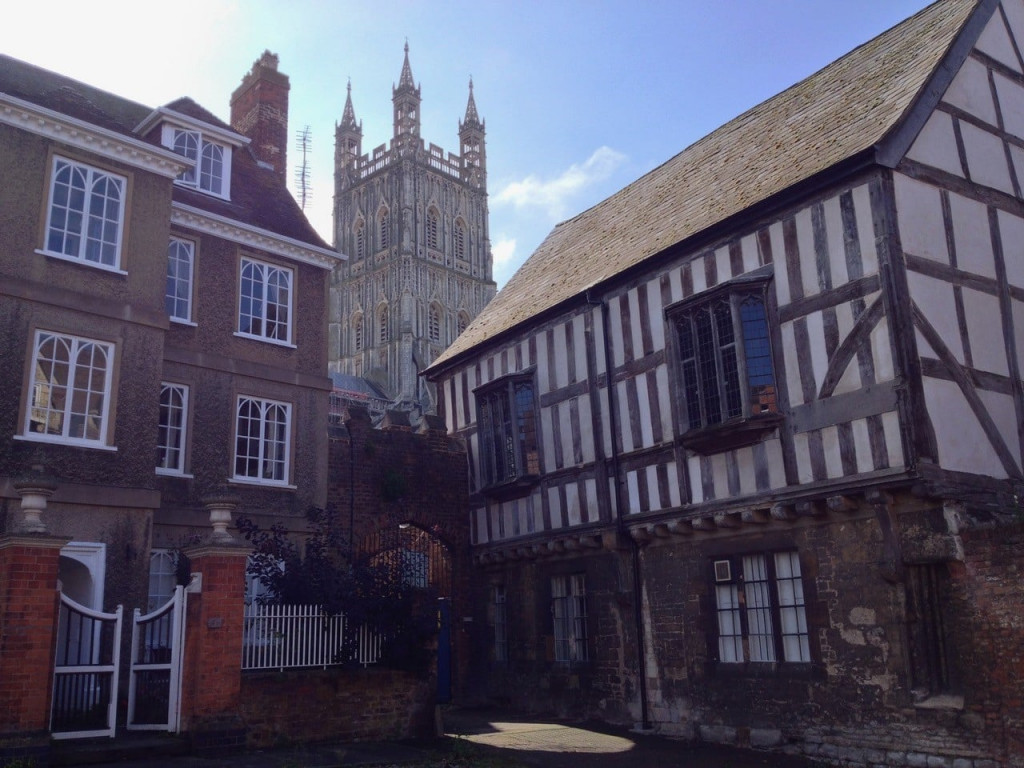
Exterior of Parliament rooms, © Adrian Taylor
The huge expense of hosting the four weeks of the king’s parliament happened at a time when Abbot Boyfield already found himself dealing with the abbey’s worsening financial position -the monks lived in considerable comfort by the standards of the times and were given to extravagant entertaining. ‘Pestilence’ in the town, inflation and mounting troubles throughout the country also added to the situation, and the expenditure of the abbey had exceeded its annual income of 1700 marks for some time.
As a result of this momentous visit, the current hall – built over 500 years ago between 1450 and 1500 – is still known as the Parliament Room.
Ancient wooden beams and roof trusses soar above a medieval painting (an enthroned Trinity and a Benedictine monk) high on the west wall. Light floods in from both the windows in the east and north side, added much later, and several gaps around the large timbers supporting the east wall. It was originally part of a much longer 13th century building above an undercroft, which may have extended twice as far west.
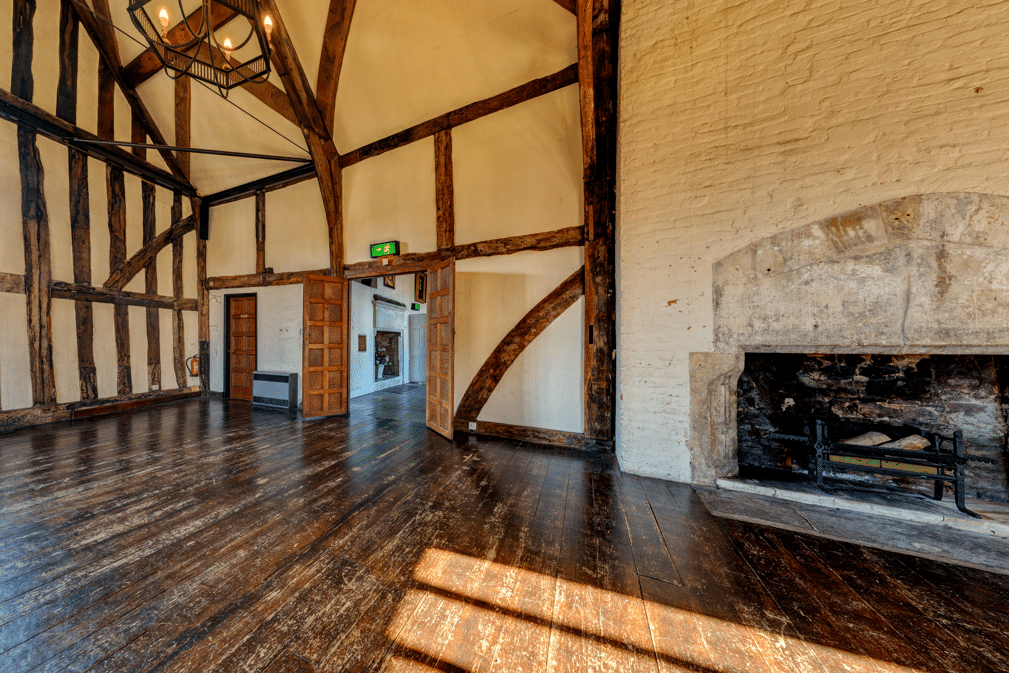
Interior of Parliament rooms, © Kevin Lewis
The fireplace on the south side has a large stone above it, used as an overmantle, with numerous shapes and outlines cut into its surface including patterns for stonework. This Mason’s Stone was once part of a stone mason’s work bench used to set out stones and shape them. At some point – possibly to save money buying new expensive stone- it was no longer needed and was recycled in this upright position.
Doors lead through to the Henry Room, originally combined with the adjacent Laud Room as the Abbots Hall of Gloucester Abbey. The room takes its name from a tradition that King Henry VIII and Anne Boleyn stayed here during a week’s visit to the abbey in 1535. They would have seen the various royal connections which include the wooden effigy of Robert Duke of Normandy, the eldest son of King William the Conqueror – and buried somewhere in the Abbey – and crucially Henry’s more recent ancestor King Edward II (1284-1327). Five years later the abbey was dissolved on Henry’s orders, but not destroyed partly due to the fact that it held the bones of his ‘dear ancestor’ Edward. Rather than facing destruction the building survived to be re-established a year later in 1541 as Gloucester Cathedral.
The roof of the Henry Room has timbers from the 1400s and you can clearly see painted ‘marbling’ decoration from around 1600. A plain Tudor stone fireplace completes the room.
The last of the three rooms is accessed by an old and heavy wooden door which is highly decorated. The Laud Room is distinguished by its oak panelling of five tiers of round arched recess with bands of shells or arabesques and classical columns.
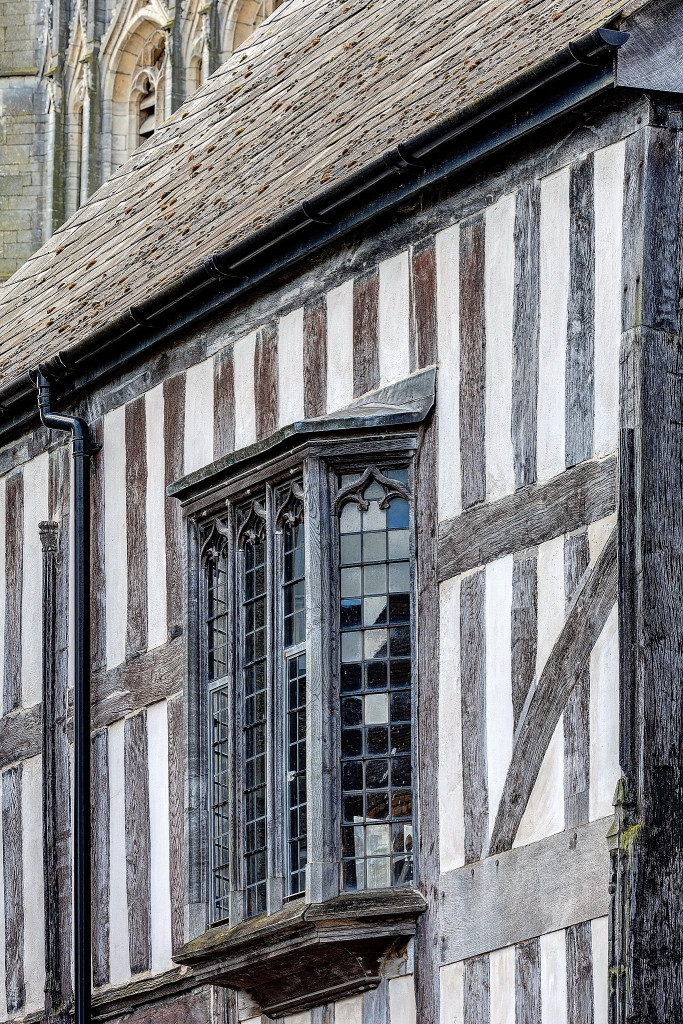
External view of parliament rooms, © Kevin Lewis
The room takes it name from William Laud, Dean of Gloucester 1616 -1621. Laud was later Archbishop of Canterbury under King Charles I but was tried and executed under the Commonwealth. A portrait of William Laud hangs above the fireplace, and another can be seen in the National Portrait Gallery in London.
A Jacobean dresser stands to the side of the fireplace, celebrating the golden wedding anniversary of Thomas and Christian Machen in 1614. The memorial to them and their 13 children can be seen in the Cathedral.
Today the rooms are all still regularly in use for staff meetings, lectures and a wide variety of community events. These include our volunteer run Breakfast Club for people experiencing homelessness or need – continuing the tradition of hospitality going back to monastic times when this building was part of the Abbot’s lodgings.
The rooms of the Parliament Suite are rarely open to the public, but can occasionally be visited for special events.
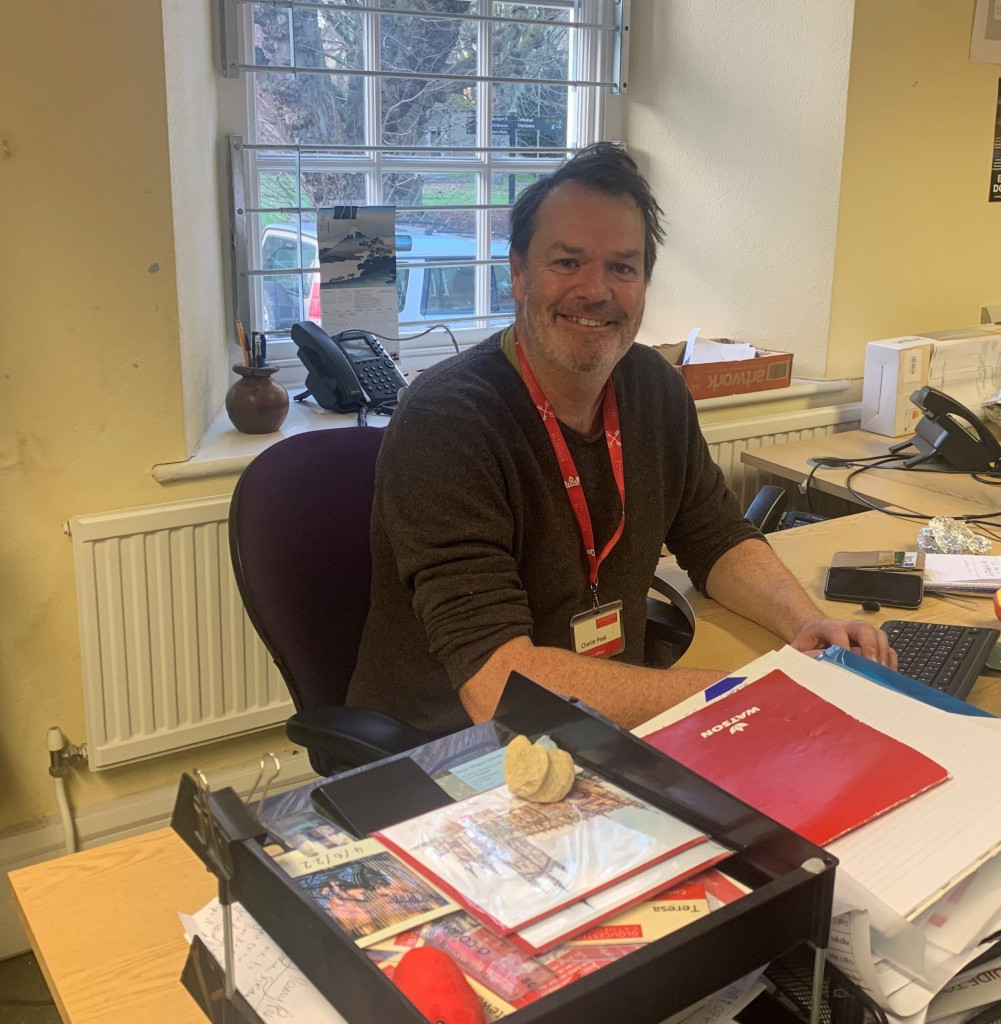
Charlie Peak is Volunteer Officer at Gloucester Cathedral. Since gaining a degree in History and History of Art, Charlie has worked in heritage. After supporting The Tate St Ives during the gallery’s first few years, he later moved to London as the Conservation Officer at the BFI Museum of the Moving Image on London’s South Bank. Charlie also spent time living in Paris and Prague for a publishing company where his work included researching images of ‘God, Saints and Devils’ around Europe.
In his current role as Volunteer Officer at Gloucester Cathedral Charlie is responsible for over 380 volunteers both behind the scenes and ‘front of house’. He is a qualified Cathedral guide and now manages the training of future guides.
Sources & Further Reading
For more information on Gloucester Cathedral, click here
To find out more about Henry VIII and Anne Boleyn’s 1535 progress, click here
Inspiration for other Tudor places to visit in Gloucestershre is here

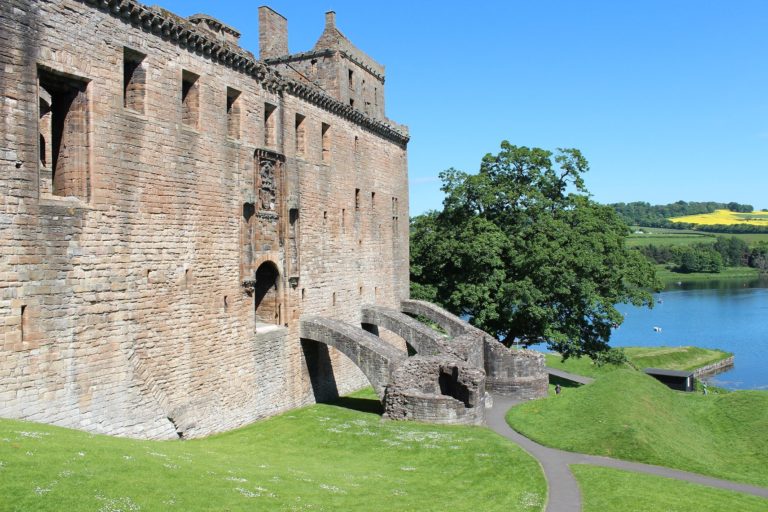
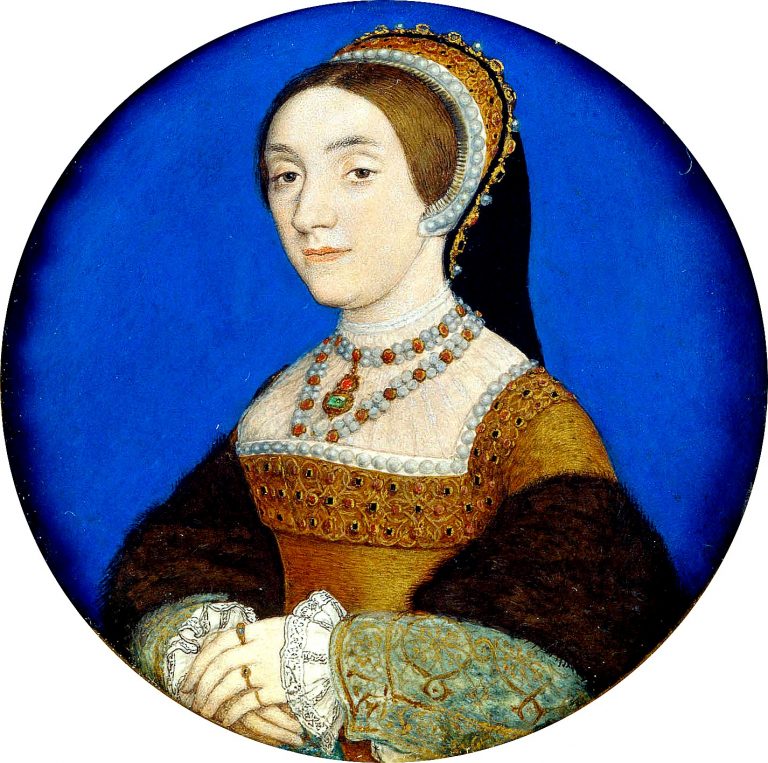
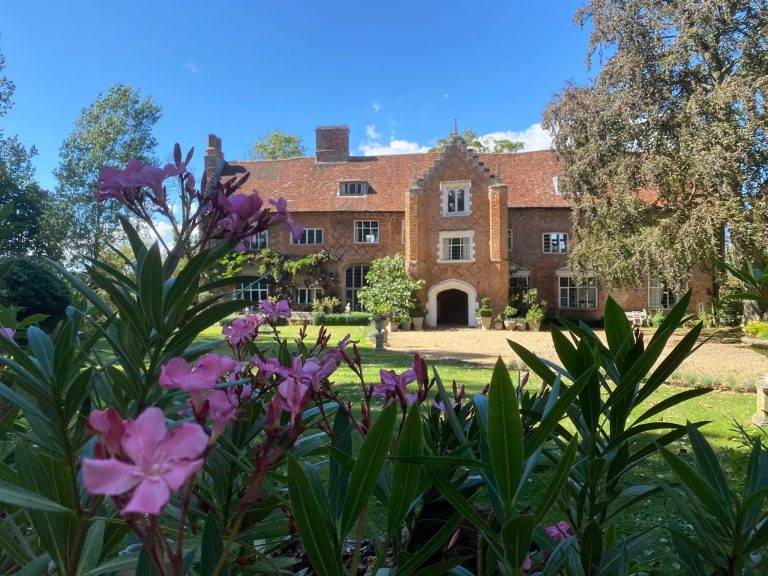
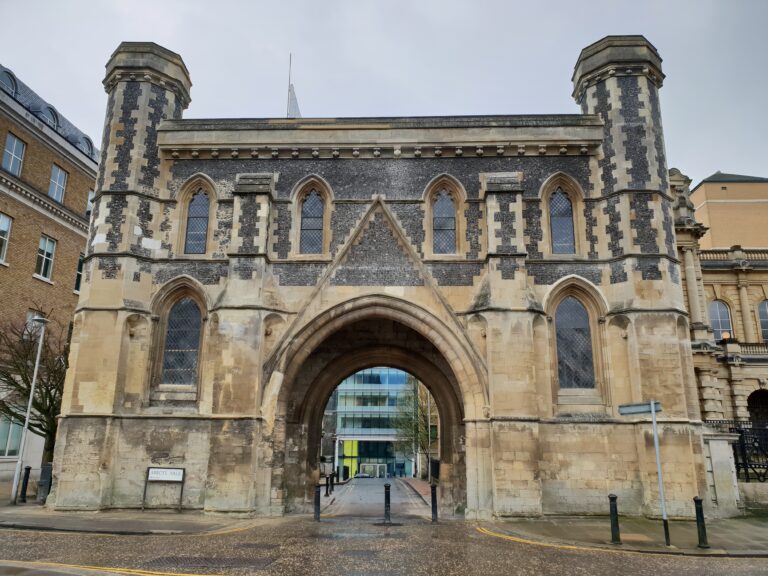
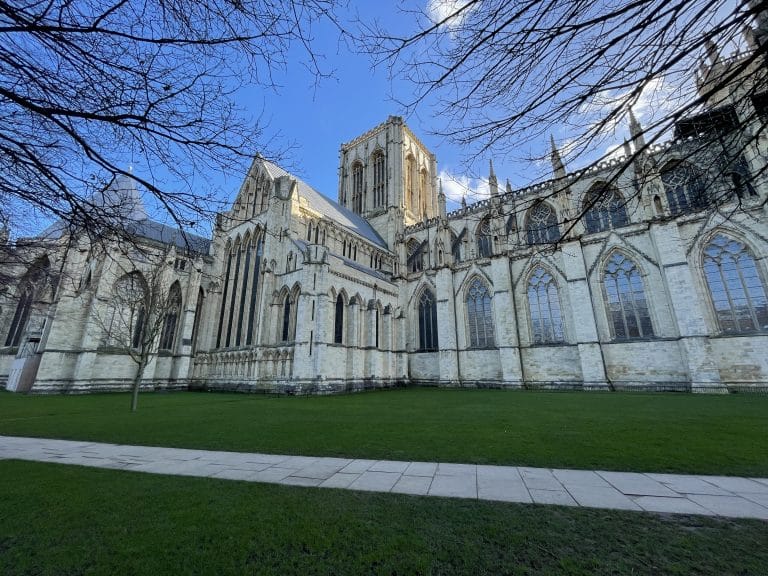
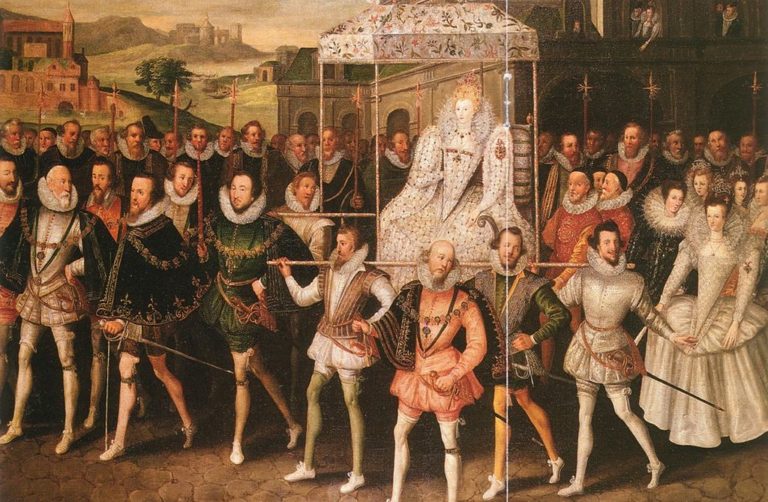
That was really interesting, thank you Charlie.